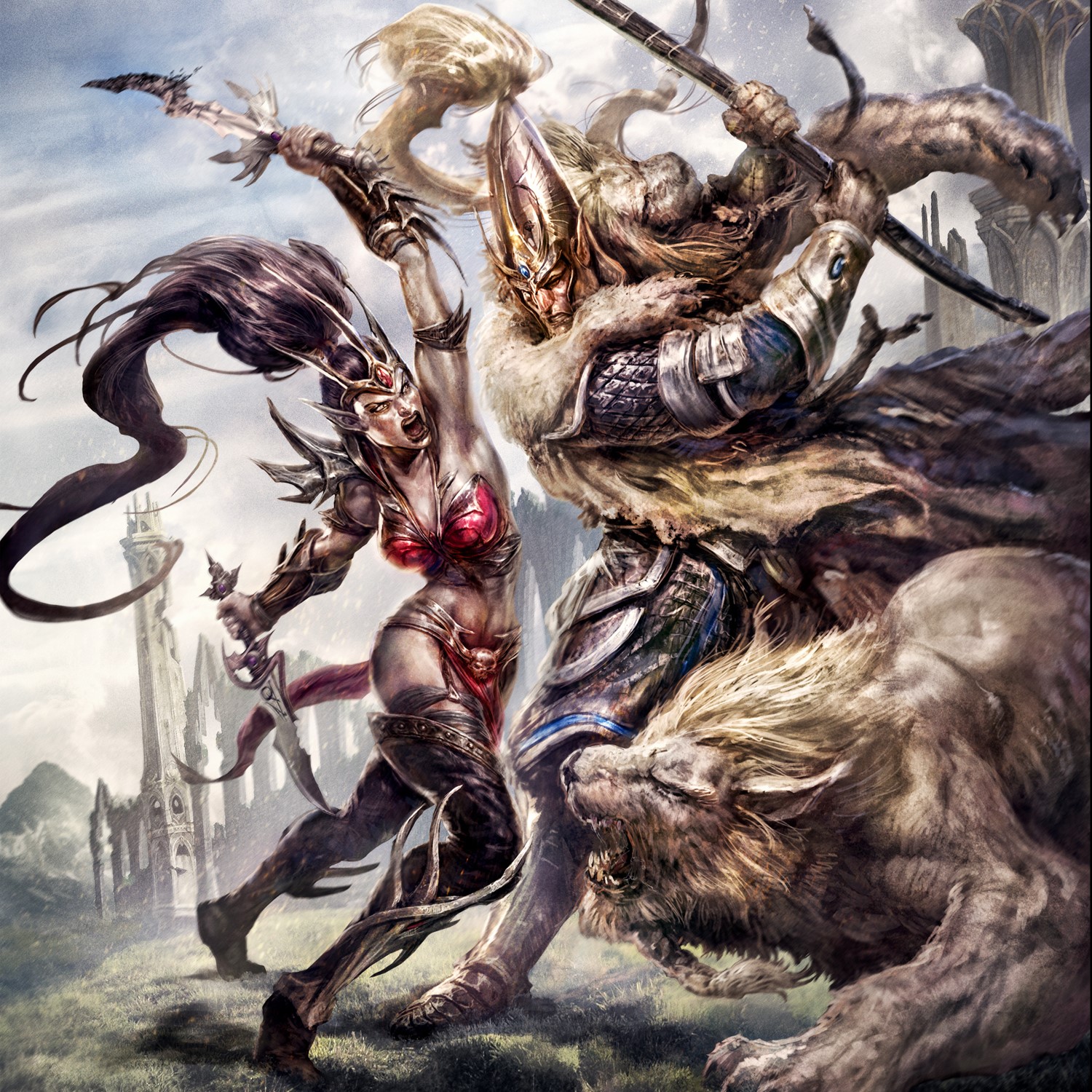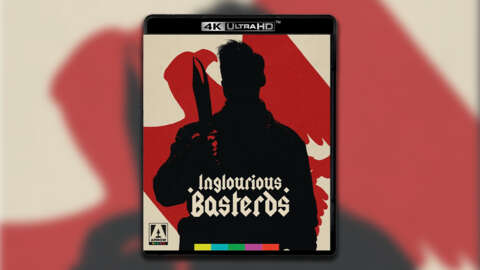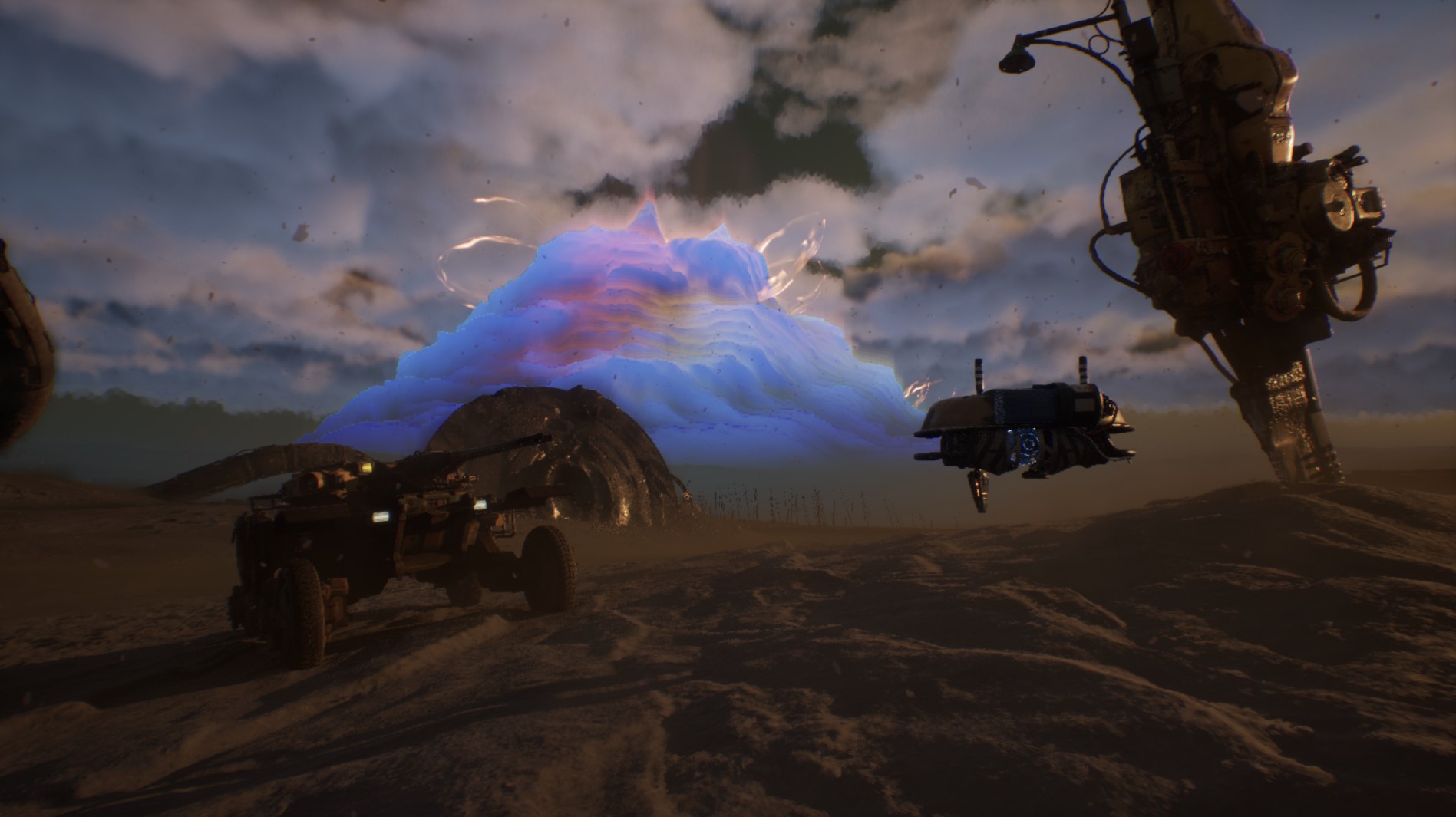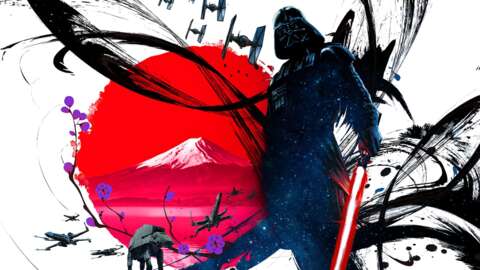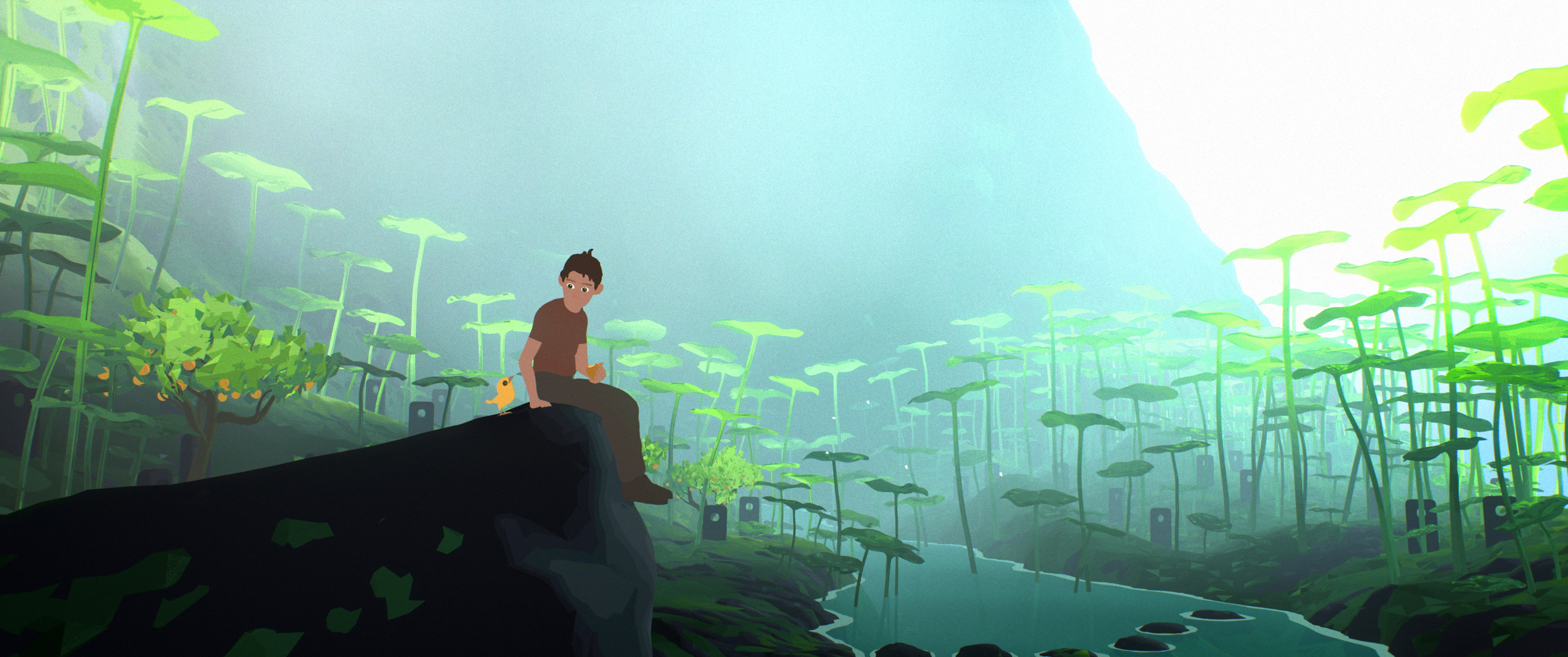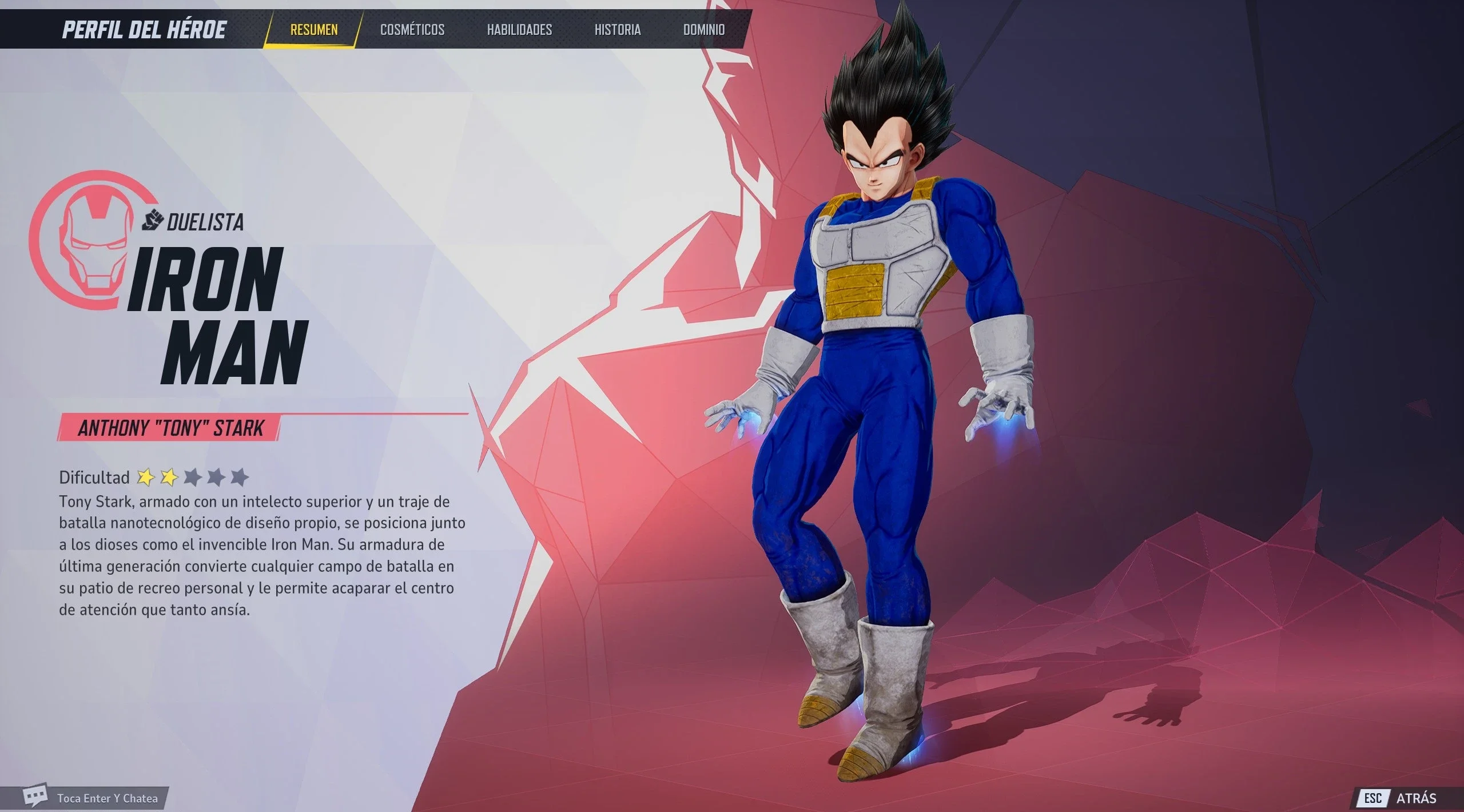
The game industry is no stranger to boom-and-bust cycles, in which scores of opportunistic developers fall over themselves to release copycat competitors to the latest massive hit, and most, if not all, fail. Perhaps the biggest instance — and certainly the most embarrassing for almost everyone concerned — was the race to release the mythical “WoW killer”: a massively multiplayer online role-playing game that would unseat Blizzard’s global megahit, World of Warcraft, and earn its makers millions of dollars in monthly subscription revenue until the end of time.
It turned out to be an industry-wide epic fail — and I had a ringside seat to this unfortunate spectacle. My career in games journalism began in 2004, just a few months before WoW was released. My obsessive love of the game threatened to tank that career before it had really begun, but instead I turned it to my advantage, specializing in covering a genre of game that was too arcane and time-consuming for most staff writers and editors to get their heads around. I traveled to scores of preview events for MMO hopefuls that public relations reps would optimistically tout as “World of Warcraft, but for soccer,” or “World of Warcraft, but for vehicular combat.” In 2008, I was hired by Eurogamer as the editor of its short-lived MMO section — let’s not pretend that we in the press were immune to the same wrongheaded gold-rush thinking — and discovered firsthand exactly why the whole enterprise was doomed to fail.
One reason is that World of Warcraft — especially during its 2004-to-2010 heyday — was simply too good to beat. But another is that hit-chasing, not a great strategy at the best of times, is almost impossible to pull off in the world of social, online games. The hits garner intensely loyal, invested audiences who play them month in, month out, and who aren’t really looking for something else to move on to.

Those audiences are hermetically sealed within their own fandoms and care much less about shiny graphics or other technical advancements, while the constantly updated games have plenty of room to innovate and evolve the genre within themselves. The time-honored tactic of “just slap a big license (like Star Wars) on it” is less effective in this sphere, too, because the appeal of famous characters and storylines doesn’t necessarily apply — the players are more invested in their communities.
Yet the industry continues to make this critical error with online games. Just look at the spectacular crash and burn of Concord earlier this year, itself just the latest of countless attempts to elbow Overwatch off its hero-shooter throne. In the spirit of constructive learning, and only a little bit of schadenfreude, let’s look back at some of the games that failed to put a dent in World of Warcraft’s hegemony… and the few that did.
The failed WoW killers
The Lord of the Rings Online (2007): This entry is perhaps a little unfair, since various people had been trying to make a Middle-earth MMO based on Tolkien’s works long before Blizzard had even thought of WoW. The original developer, an MMO specialist called Turbine, probably thought it was just making another niche online game before publisher WB Games got unduly excited about its potential. The game was fine, but clearly a generation behind WoW in terms of its design. People still play it, though!

Age of Conan (2008): Oh dear. The first and most instructive case of post-WoW hubris came from Funcom, a Norwegian specialist that got way out of its depth trying to push cutting-edge graphics, gore, sex, and dynamic real-time swordfighting into an MMO based on Robert E. Howard’s lusty fantasy world. Publisher Eidos put all its chips down; I remember attending an absurd press event staged in Oslo’s 1952 Winter Olympic park, which had been transformed into a medieval setting with horse-riding barbarians and fireside feasting. (A PR rep I was with got very drunk and stole a sheepskin rug, roaring incoherently into the Scandinavian night while wearing it around his shoulders.) The game was a mess at launch, and tanked hard.
Warhammer Online: Age of Reckoning (2008): EA’s big play made sense on paper; the Warhammer license is probably as close as you can legally get to the Warcraft setting, and developer Mythic’s Dark Age of Camelot was beloved by the MMO hardcore. The game was lavish and expensive but limited in design, too focused on massive player-versus-player combat whereas WoW excelled at embracing almost every possible play style. Warhammer Online was shut down in 2013.
APB: All Points Bulletin (2010): A Grand Theft Auto-style massively multiplayer game boasting intense levels of player customization, and masterminded by GTA’s creator himself, David Jones? What could go wrong? Everything! APB was stacked with ambitious features but notably lacked, you know, gameplay. Also, Jones’ company Realtime Worlds, which had previously made the excellent Crackdown for Xbox, was in far too deep. A disastrous launch was followed within a couple of months by the developer going bankrupt and APB getting shut down. Another company bought and relaunched it, but didn’t succeed in putting an actual game in there.

Rift (2011): The MMO gold rush wasn’t just about games; entire companies sprang up, drawing huge investment on the promise of some revolutionary technology or other. Trion Worlds was one example that boasted fancy server-side tech that was supposed to take MMOs closer to the fully simulated cloud-gaming dream. Unfortunately, its flagship fantasy MMO Rift was very boring.
Star Wars: The Old Republic (2011): Smarting from the failure of Warhammer Online, EA was nevertheless up for another crack at smashing WoW, armed with the Star Wars license, its star in-house developer BioWare, and an apparently limitless budget. The hype was off the charts, but BioWare’s expertise was in single-player games. Everybody bought it, played the story through, and moved on, which is… not the idea. BioWare didn’t give up, though, and steadily built out a proper massively multiplayer game around the story campaigns. After a successful free-to-play relaunch, The Old Republic still has an audience.
Guild Wars 2 (2012): Guild Wars 2 is actually a fantastic game, easily the best on this list — I feel bad including it. It has refined combat and employed several genre-defining ideas that were later copied by WoW, Destiny, and others. But the scope of this relatively streamlined game was not equal to the hopes publisher NCSoft loaded on it — and the ever-expanding WoW presented a moving target that could never be caught.

WildStar (2014): NCSoft, a big player in Korea, made its most determined attempt to crack the West with WildStar, a game by former Blizzard devs with a very Warcraft-y color palette and art style. It was cute, expensive, action-forward, and had some fun ideas, but it was also very obviously a trend-chasing mishmash with no reason to exist beyond trying to top WoW. NCSoft shut it down and closed developer Carbine in 2018.
The game almost did kill WoW
Final Fantasy 14 (2013): The prize for perseverance goes to Square Enix, which simply didn’t give up — and which, importantly, had reasons other than competing with Blizzard to be making an MMO. Final Fantasy 11 had been a pre-WoW hit in 2002; the first attempt to follow it up with FF14 in 2010 was a disaster, but Square Enix bravely scrapped it and asked producer Naoki Yoshida for a complete do-over. It was a question of honor, if anything. Yoshida’s reboot ruled, and Square Enix didn’t falter when it didn’t immediately do WoW numbers, but continued to invest. FF14 steadily got bigger and better, and it was ready and waiting when Blizzard stumbled through a succession of PR disasters and lackluster WoW expansions in the late 2010s and early 2020s. WoW streamers and players starting leaving for FF14 in droves, and Square Enix’s game is, at last, the competitor that WoW has always deserved.
Source:https://www.polygon.com/world-of-warcraft/483876/the-wow-killers-that-werent